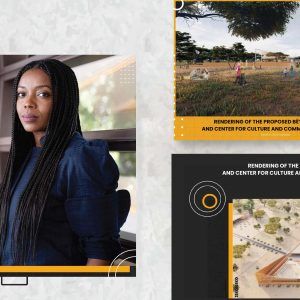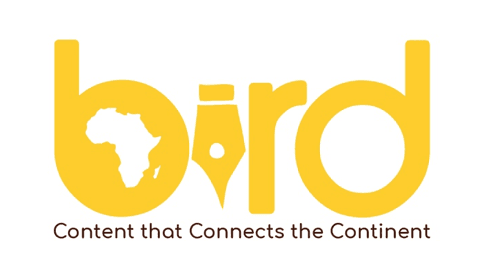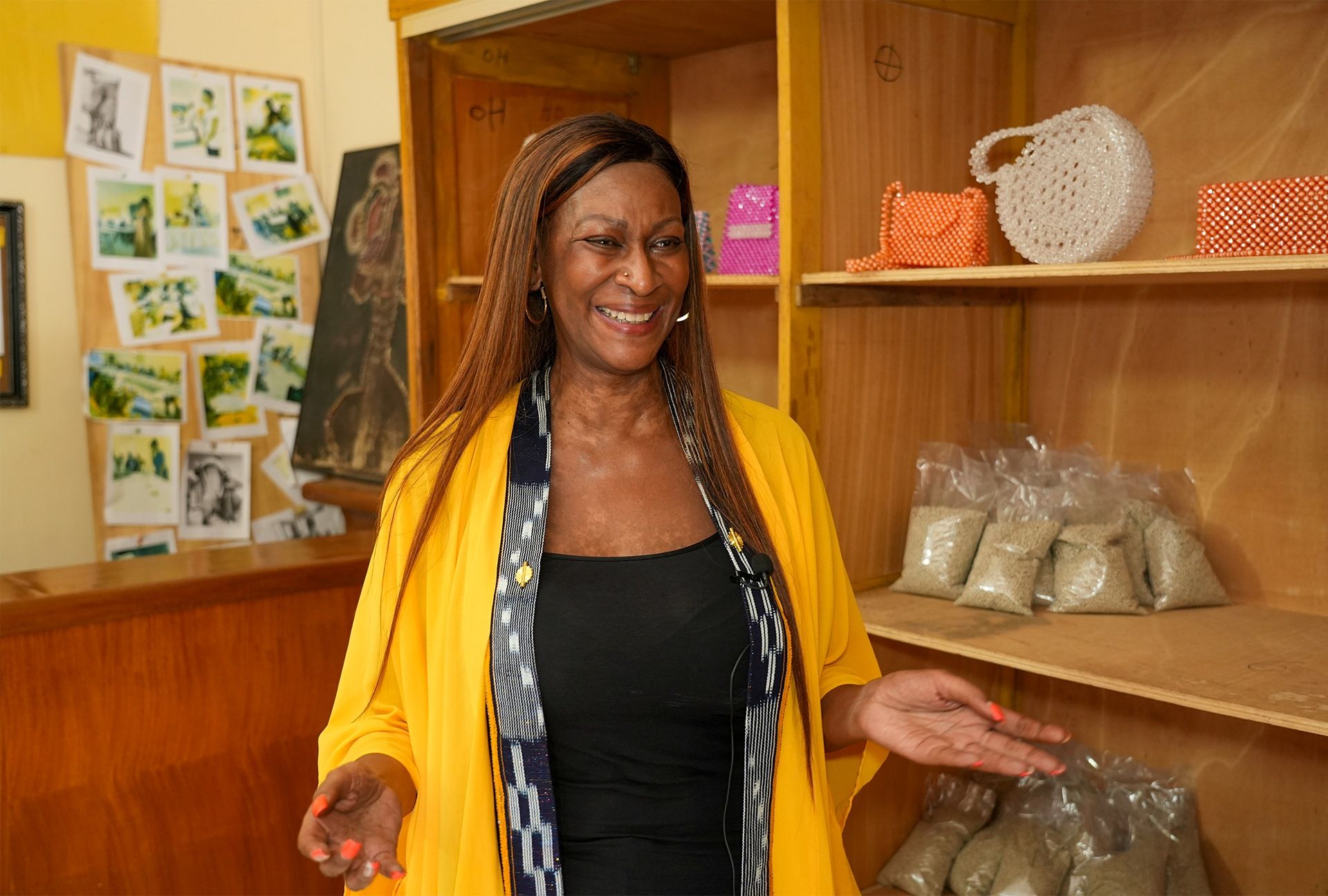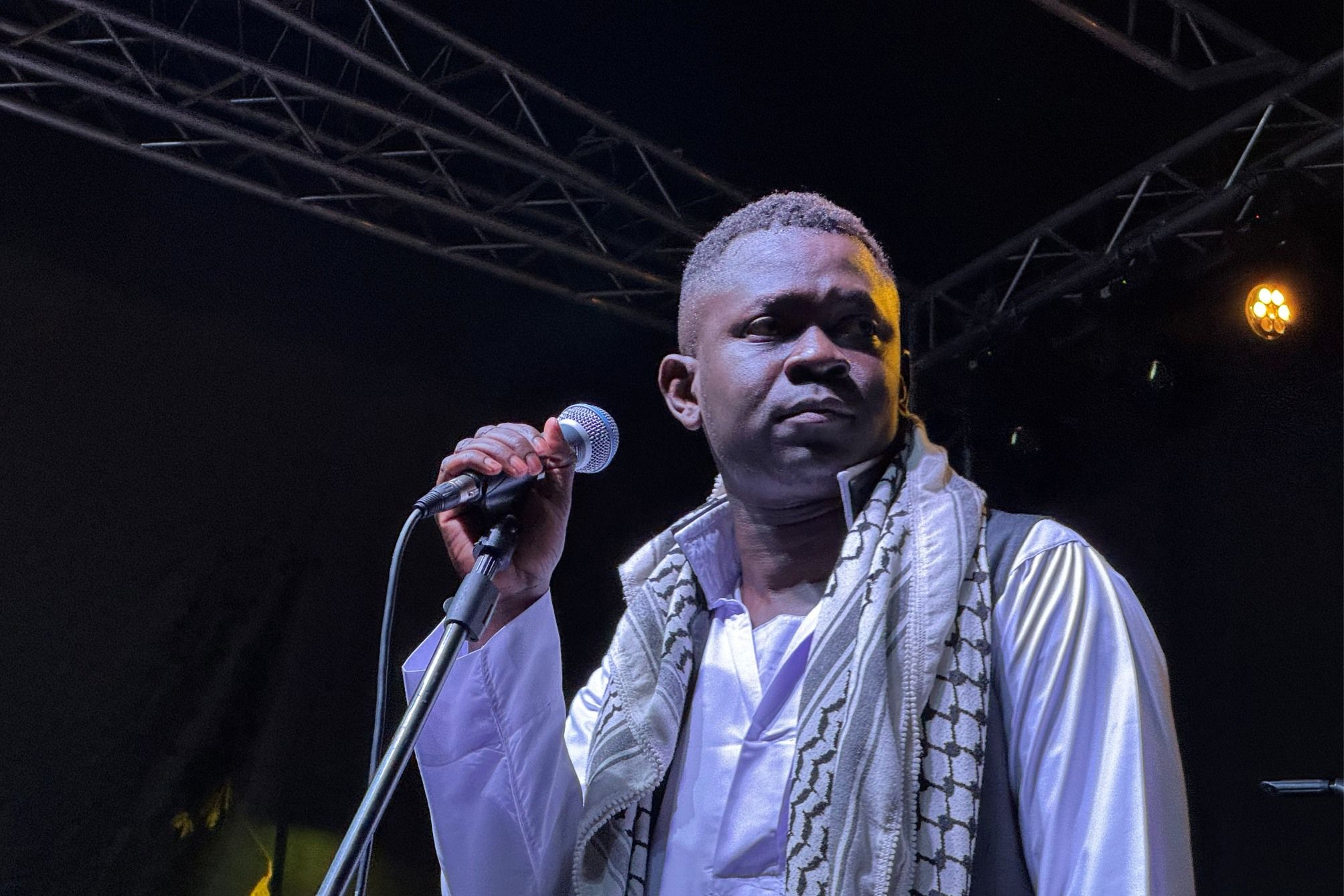African art, all too often a sidebar at many major international exhibitions, is set to get a new home when an iconic new centre launches in Senegal in 2025. The Bët-bi museum will house some of Africa's most important contemporary and historic art and cultural relics.
Seth Onyango, bird story agency
The construction of Bët-bi, or "the eye" in Wolof, also sets the stage for the repatriation of African artefacts looted during the colonial era.
According to a French government-commissioned 2018 report, up to 90 per cent of Sub-Saharan Africa’s material culture is to be found outside of the continent.
Former colonial powers have fought against repatriating them, asserting Africa doesn't have institutions or museums to safely secure valuable ancient art. With the construction of Bët-bi, that excuse will vanish.
There is more. Its design — by Nigerien architect Mariam Issoufou Kamara — also casts a spotlight on the continent's remarkable architectural heritage.
Earlier in May, Kamara revealed visuals of the Bët-bi, showing the extent to which the design draws on the Senegambia area's ancient stone megaliths.
The unveiling of her iconic design comes on the back of the historic win of the coveted global Pritzker Architecture Prize by Burkinabè architect, Diébédo Francis Kéré, and a resurgence of African architecture, art and design, heralded by the likes of Kamara, architect David Agbaje, Kéré, and Nigerian designer Yinka Ilori.
Bët-bi is being commissioned by The Josef and Anni Albers Foundation/Le Korsa, and once complete will "showcase Africa's art to the world".
Kamara, founder of the architecture practice Atelier Masōmī in Niger, was selected by a jury from a shortlist of four African architectural firms to lead the design.
Bët-bi design inspiration
According to the architecture platform, Arch Daily, Kamara's Bët-bi design shows the world that "modern" is not synonymous only with European forms, nor is architecture only for Westerners to define. More importantly, "the so-called canon of great buildings actually ignores most of the built world."
Bët-bi will be a state-of-the-art museum using sustainable and traditional methods of building.
Ensuring that the project is an opportunity for meaningful collaboration, Atelier Masōmī intends to work with local artisans to ensure that there is an exchange of knowledge and expertise.
"Underpinning the brief is the desire to create accessible communal spaces and an environment that is open and inclusive, where visitors can feel immediately welcome. A primary focus of the building is to respond to the historic and cultural complexities of the site, looking at ways to draw attention to the unique heritage of the Kaolack region," the practice stated.
Kamara said they approached the project by looking at the region's past.
"We looked at the Saloum Kingdom closely and were fascinated by its origin story as a place founded jointly by the Serer and the Mandinka people, which other ethnic groups later joined," she posted on Instagram.
"The Mandinka have historically been people of empire and monumental architecture, which provided us naturally with direct references for building. The Serer, on the other hand, held a deeply mystical indigenous religion that had an intimate relationship to the natural elements: the sun, the wind, water, and ancestral spirits."
African materials and designs
Kamara is joined in her focus on African materials and designs by Kéré (whose termite mound-inspired design for an educational facility also includes organic features) and Agbaje, whose design for the Thabo Mbeki Presidential Library, "brings together continental African thought and form as a powerful means of tapping into collective memory," according to the Thabo Mbeki Foundation's website.
Mbeki hopes the domed, rammed-earth structures will house some of Africa's most important historical treasures and "will be a place where Africans uncover their own history and identity".
While Mbeki's vision of learning is intellectually-inspired, African artists, designers, and architects will now also have something physical to inspire them, with the opening of Senegal's Bët-bi. Africa's contemporary and long-lost artistic treasures will finally have an African home.
bird story agency
Also Read: The Ngaren Museum of Humankind: A Futuristic Marvel to Pay Homage to the Past




